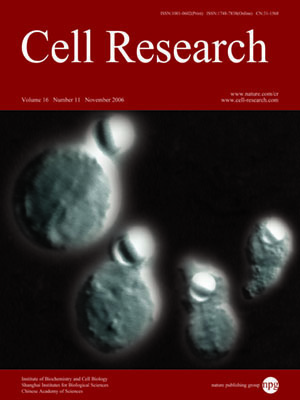
Volume 16, No 11, Nov 2006
ISSN: 1001-0602
EISSN: 1748-7838 2018
impact factor 17.848*
(Clarivate Analytics, 2019)
Volume 16 Issue 11, November 2006: 857-871
REVIEWS
ABC transporters, neural stem cells and neurogenesis - a different perspective
Tingting Lin, Omedul Islam, Klaus Heese
1Department of Molecular and Cell Biology, School of Biological Sciences, Nanyang Technological University, 60 Nanyang Drive, Singapore 637551, Singapore
Correspondence: Klaus Heese(kheese@ntu.edu.sg)
Stem cells intrigue. They have the ability to divide exponentially, recreate the stem cell compartment, as well as create differentiated cells to generate tissues. Therefore, they should be natural candidates to provide a renewable source of cells for transplantation applied in regenerative medicine. Stem cells have the capacity to generate specific tissues or even whole organs like the blood, heart, or bones. A subgroup of stem cells, the neural stem cells (NSCs), is characterized as a self-renewing population that generates neurons and glia of the developing brain. They can be isolated, genetically manipulated and differentiated in vitro and reintroduced into a developing, adult or a pathologically altered central nervous system. NSCs have been considered for use in cell replacement therapies in various neurodegenerative diseases such as Parkinson’s disease and Alzheimer’s disease. Characterization of genes with tightly controlled expression patterns during differentiation represents an approach to understanding the regulation of stem cell commitment. The regulation of stem cell biology by the ATP-binding cassette (ABC) transporters has emerged as an important new field of investigation. As a major focus of stem cell research is in the manipulation of cells to enable differentiation into a targeted cell population; in this review, we discuss recent literatures on ABC transporters and stem cells, and propose an integrated view on the role of the ABC transporters, especially ABCA2, ABCA3, ABCB1 and ABCG2, in NSCs’ proliferation, differentiation and regulation, along with comparisons to that in hematopoietic and other stem cells.
Cell Research (2006) 16:857-871. doi:10.1038/sj.cr.7310107; published online 7 November 2006
FULL TEXT | PDF
Browse 2194


